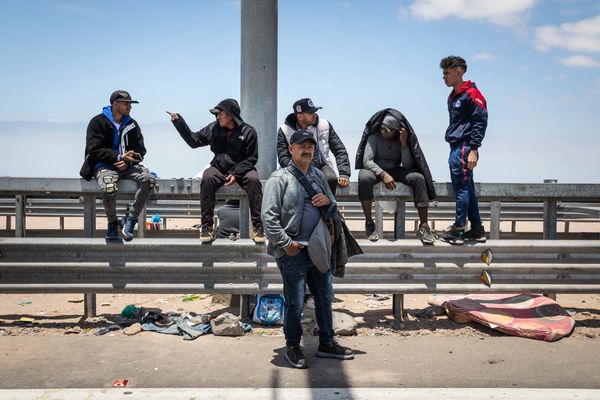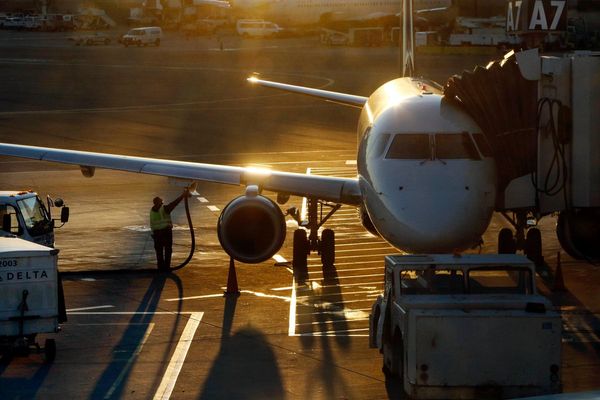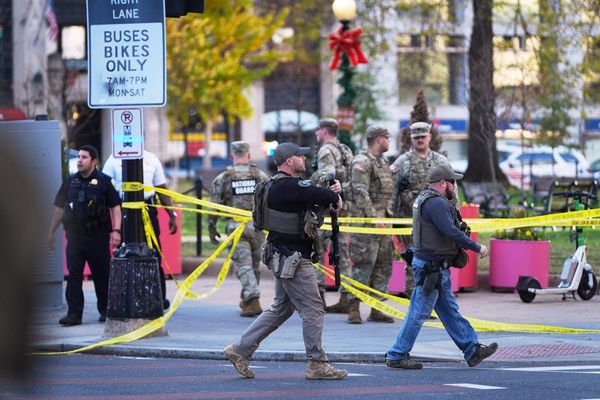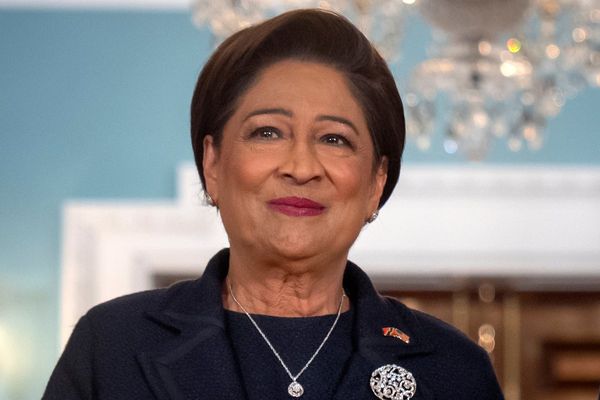
Nafisa Ali is preparing to leave behind the flat she has called home for almost 20 years. She and her husband, Mohamed, settled in one of Melbourne’s high-rise public housing towers when they arrived in Australia as refugees from Sudan. Now, the Flemington tower is one of the first five to be demolished under the Andrews-era plan to redevelop all 44 high-rises by 2051.
The couple are planning to accept an offer next week to move into a nearby tower, knowing it, too, is marked for demolition in the coming years.
“Then we have to start again. We have to fight again,” Ali says. “That’s what worries me. But I love this area.
“We make a lot of relationships with all the people here. We celebrate together.”
The couple have turned down three previous offers from Homes Victoria that they said were unsuitable, including two that required climbing stairs, which Ali is unable to do.
Homes Victoria, the government agency that runs public housing in the state, has set a target to have residents of Ali’s tower – 120 Racecourse Road in Flemington – as well as 12 Holland Court in Flemington and 33 Alfred Street in North Melbourne relocated by Tuesday. They, along with two unoccupied brick towers in Carlton, are the first five to be demolished and redeveloped by 2031.
If some residents express an unwillingness to leave, the government could issue them a notice to vacate, with a minimum of 60 days’ notice.
The government estimates that more than 95% of the residents have already moved out of the three towers. But some have chosen to stay.
They include Khadija Alihashi, who has lived with her husband in Flemington for 25 years and says she is still waiting for the right relocation offer.
She hopes the couple can relocate to a public housing home with adequate space to babysit their grandson. Alihashi, who does not drive, says staying close to the inner city and public transport is also important.
“This is home,” she says.
‘Pressured to leave’
On 20 September 2023, the then premier Daniel Andrews announced the redevelopment plan as part of his housing statement, just days before he resigned.
The government failed to notify the residents of the plans before the announcement, which for many in the estates had echoes of when they were placed into an instant hard Covid lockdown in 2020.
The ombudsman later found the lockdown was justified on public health grounds, but the sudden implementation without warning was not, and had caused fundamental breaches of human rights.
Sign up: AU Breaking News email
Ali and Alihashi are part of a class action, dismissed earlier this year, that argued the government demolishing the towers was similarly a breach of tenants’ human rights. The Inner Melbourne Community Legal service is appealing against the Victorian supreme court decision, with a hearing set for next month.
Louisa Bassini, the managing lawyer at the centre, says the residents who are staying are yet to receive a relocation offer that meets their needs or are waiting to see the outcome of the appeal.
“These are often bigger families or families who have multiple and complex needs that require them to live in the vicinity of the hospital, for instance, or close to schools where their children are currently enrolled,” she says.
A parliamentary inquiry examining the development has also heard concerns from other community legal centres about smaller unit sizes and a loss of communal spaces affecting public housing residents.
Bassini also says some residents had been offered housing well away from their communities – in outer suburbs such as Cragieburn.
“Some people are unable to contemplate moving there because they don’t have the means of staying connected to their communities or even public transport,” she says.
The government says every relocating household has moved to an area of their preference.
Bassini says some residents don’t want to leave public housing to go to community housing due to fewer protections.
The Victorian government uses the umbrella term “social housing” to describe its plans for the three occupied sites. This encompasses two types of state-subsidised housing for low-income people: public housing, which is owned and operated by the government, and community housing, operated by not-for-profits.
The housing minister, Harriet Shing, says across the three sites there will be a 39% increase in social housing.
But when Bassini appeared before the inquiry, she said community housing providers were able to charge higher rent – up to 30% of income compared with the 25% capped rate for public housing.
Fifty-one per cent of relocated residents have been moved into public housing, with 49% in community housing.
The Victorian Greens leader, Ellen Sandell, says the relocation process has been “pretty awful for a lot of residents”.
“Residents have told us they’ve been pressured to leave with little or no support – moved into homes that are too small to even fit a dining table or family fridge,” she says.
But this was dismissed by Shing.
“Every Victorian deserves access to a safe and secure home,” she says. “That’s why we’re improving social housing. Relocation teams are working with every household at the three sites to find them homes that meet their needs and eligibility.”
The government says each family has been assigned a dedicated relocation officer to help understand their needs and preferences, including location, access to community networks, healthcare, transport and other services. A few households have chosen to move into more than one home, either due to a large number of family members or to accommodate changes in circumstance.
As Homes Victoria continues relocations, Alihash says she has begun packing her bags as she awaits a new offer.







